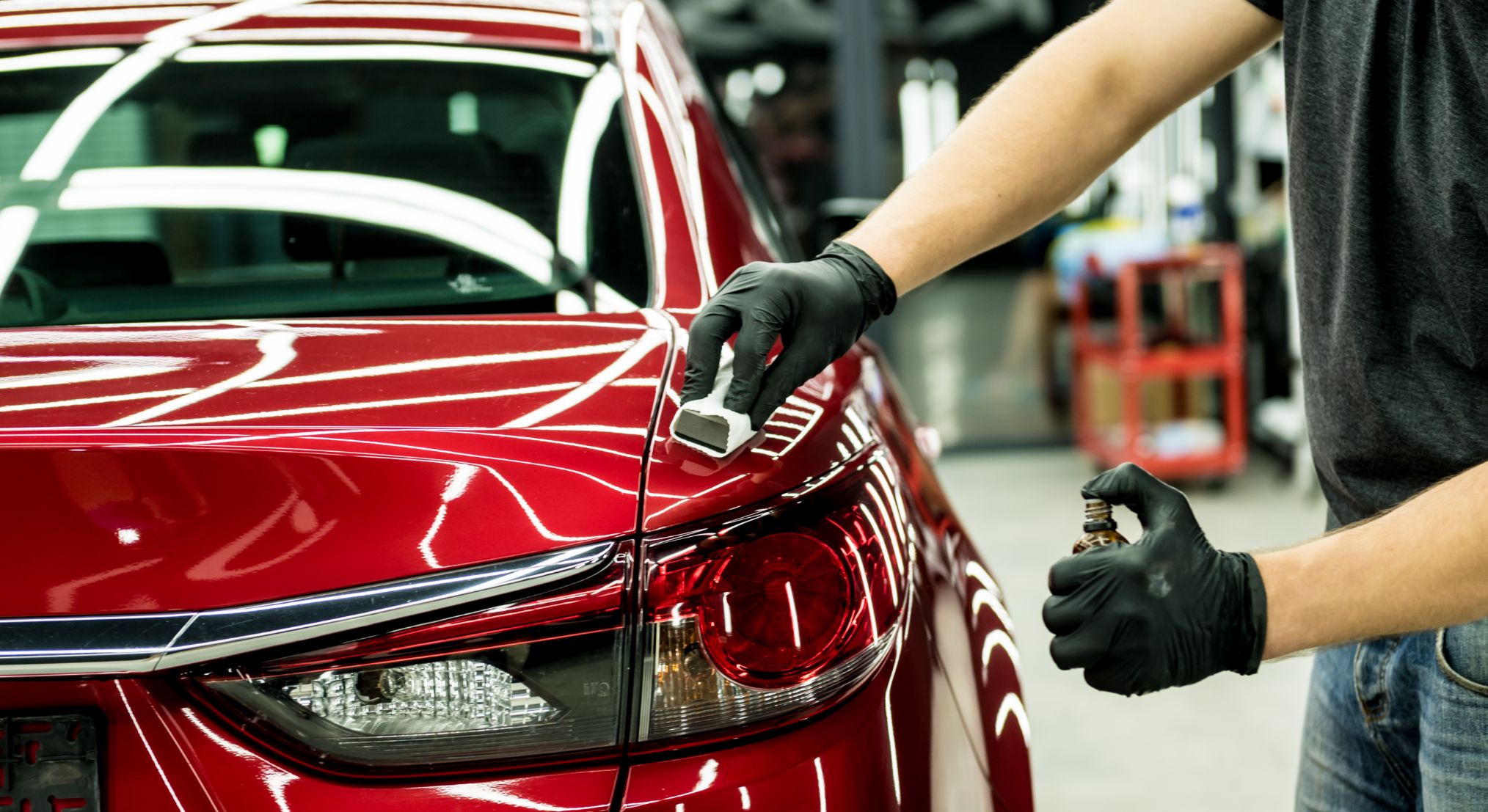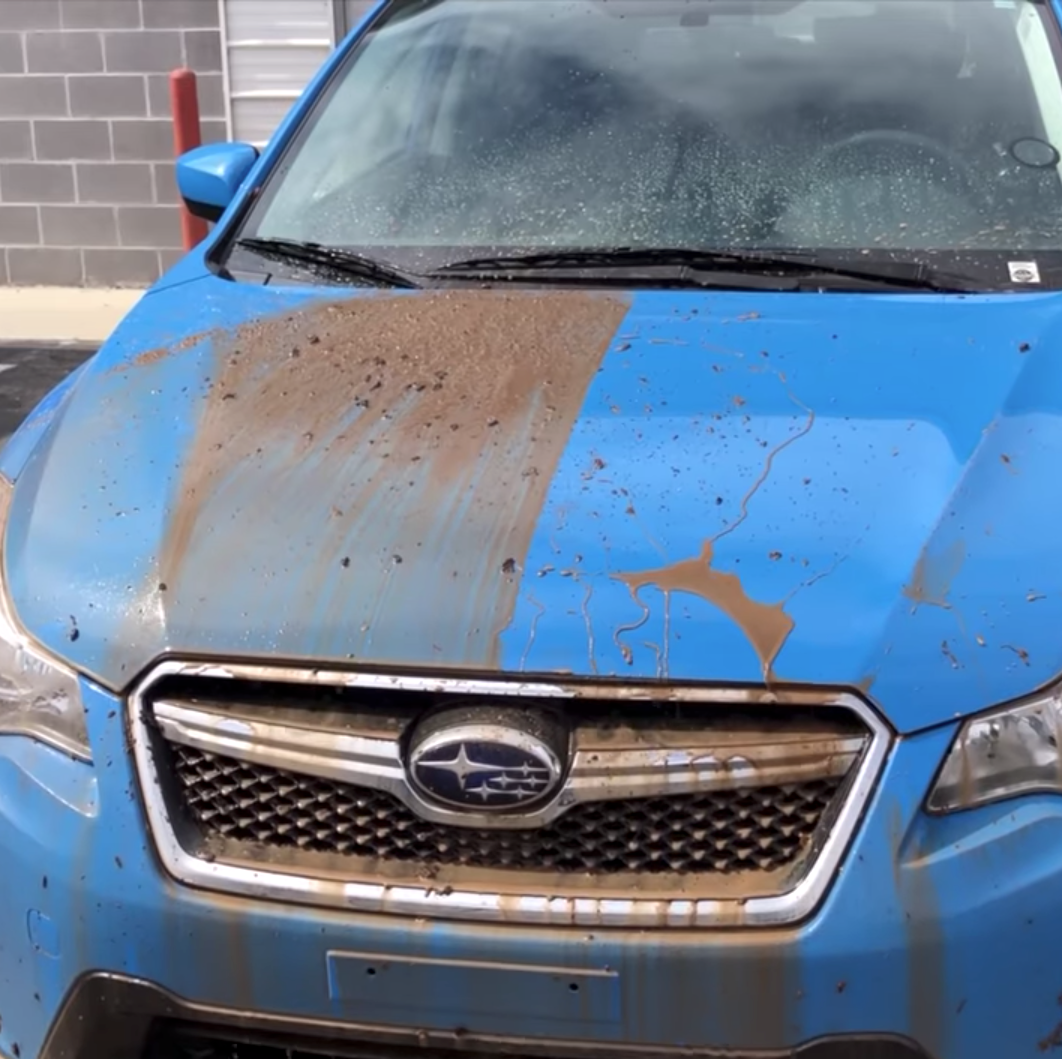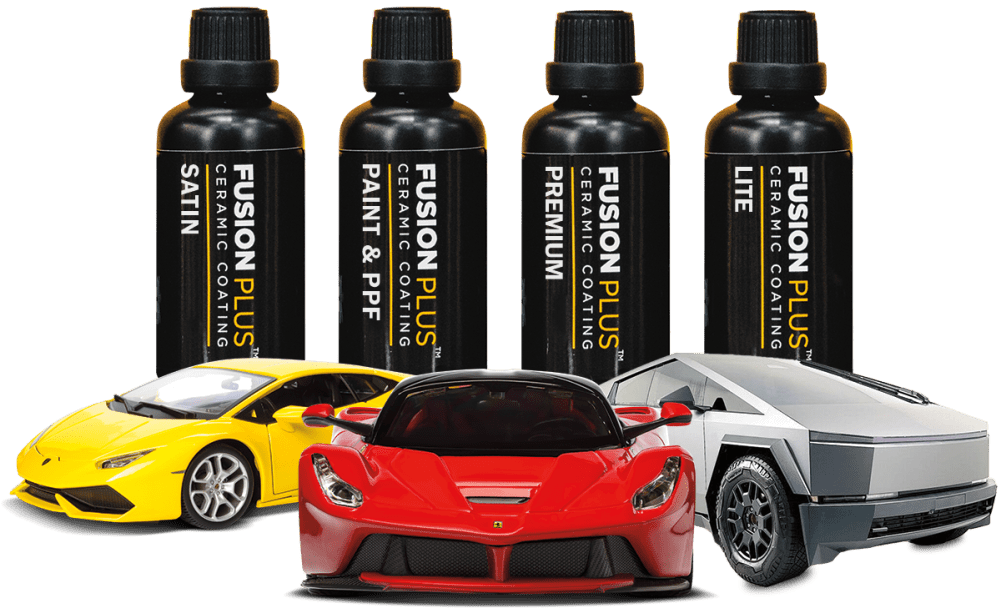Ceramic Finish vs. Conventional Wax: Which Offers Much Better Long-Term Protection?
The dispute in between ceramic layers and traditional wax for lorry protection has actually garnered significant focus among vehicle lovers and professionals alike. While both satisfy of protecting paint, their differences in durability, application, and lasting maintenance costs may influence a customer's selection. Ceramic finishes boast exceptional durability and resistance to ecological aspects, yet the complexity of their application increases inquiries regarding accessibility and functionality. As we explore these contrasting options, it ends up being vital to take into consideration not only the instant benefits but likewise the implications for car care in time.
Overview of Ceramic Finishing
Ceramic finish has actually gained substantial appeal amongst automotive enthusiasts and detailers alike because of its advanced protective high qualities. This cutting-edge technology is created to develop a long lasting, hydrophobic shield over a lorry's paint surface, substantially improving its resistance to ecological impurities such as dirt, UV rays, and chemical stains. Unlike traditional wax, which offers a short-term layer of protection, ceramic finishings bond at a molecular degree with the paint, using long-lasting durability-- often expanding beyond two years with correct upkeep.
The application procedure entails careful preparation of the lorry's surface, consisting of cleansing and polishing to guarantee optimum bond. When used, the coating cures to develop a durable layer that not only includes depth and gloss to the paint however also simplifies upkeep. With its hydrophobic residential or commercial properties, ceramic finishing enables water and dust to glide off more quickly, decreasing the frequency of laundries and reducing the risk of swirl marks.
Additionally, ceramic finishes are available in numerous formulas, enabling customers to choose products customized to their details demands and preferences. Overall, ceramic coating represents a considerable advancement in paint defense technology, providing remarkable performance compared to traditional alternatives.
Review of Traditional Wax
Traditionally concerned as a staple in automotive treatment, wax works as a preferred choice for those looking for a straightforward approach to enhance and secure their car's paint - ceramic coating. Automotive wax generally comprises all-natural active ingredients, such as carnauba, or synthetic compounds, made to produce a safety layer on the surface of the paint. This layer not just enhances the automobile's gloss and shine but also provides an obstacle versus environmental pollutants
The application of wax is normally user-friendly, making it available for both experts and do it yourself lovers. It can be applied by hand or equipment, permitting for flexibility in the describing process. Once applied, wax requires a treating duration, after which it solidifies to create a safety shell. Wax is likewise recognized for its capability to drive away water, advertising a beading impact that aids in the avoidance of water areas and rust.
However, while wax works for boosting the aesthetic allure of a car, it is essential to keep in mind that the protection it offers may necessitate more frequent reapplication contrasted to alternative products, such as ceramic finishes. In general, typical wax stays a favored alternative for those prioritizing ease of usage and prompt visual improvement.
Longevity and Durability Contrast
While both ceramic coatings and conventional wax offer protective benefits for automobile paint, their toughness and longevity vary significantly. Traditional wax, generally made from natural carnauba or synthetic polymers, normally offers a safety layer that lasts roughly 3 to six months. This reasonably short lifespan necessitates normal reapplication to maintain optimum defense.
On the other hand, ceramic coatings are engineered from innovative nanotechnology, creating a covalent bond with the paint surface area. This results in a robust, hydrophobic layer that can sustain for two to 5 years, relying on the item and ecological problems. The remarkable longevity of ceramic layers is associated to their chemical structure, which provides improved resistance to scratches, UV rays, and oxidation.

Protection Versus Environmental Factors
Shielding an automobile's paint from environmental variables is critical for keeping its appearance and value over time. Autos are constantly subjected to a variety of elements, consisting of UV rays, bird droppings, tree sap, acid rainfall, and roadway crud, all of which can endanger the stability of the paintwork.
Ceramic coverings provide a robust defense against these ecological aggressors. Unlike conventional wax, which can deteriorate swiftly under UV direct exposure, ceramic finishings form a sturdy, hydrophobic layer that resists the harmful effects of sunlight and environmental contaminants. This advanced technology special info produces a chemical bond with the lorry's surface, supplying exceptional defense that lasts for several years, also in rough conditions.
In comparison, ceramic finishes maintain their protective high qualities longer, substantially lowering the threat of paint damages and guaranteeing that the vehicle keeps its visual appeal. As a result, ceramic layers are increasingly acknowledged as the exceptional selection for lasting protection against environmental variables.
Application and Maintenance Differences
The approaches of application and succeeding maintenance for ceramic coatings and standard wax differ substantially, influencing the total user experience and performance of each item. Ceramic coatings require a more intricate application procedure, usually involving surface prep work that includes washing, sanitizing, and brightening the car. Once the surface area is prepared, the ceramic coating is used in a regulated atmosphere, usually needing expert knowledge to ensure appropriate treating and bonding to the paint.

While both products boost car look, the longer-lasting protection offered by ceramic coverings might warrant their first financial investment, in spite of the more requiring application procedure. Alternatively, typical wax stays a popular selection for those looking for a less complex, albeit Resources short-term, remedy.

Verdict
Finally, ceramic finishes demonstrate significant benefits over traditional wax in regards to toughness and environmental management. With a lifespan prolonging two to five years and superior resistance to UV rays, dirt, and chemical stains, ceramic finishings offer an extra reliable option for long-term automobile maintenance. Although the application process may call for expert competence, the resulting cost financial savings and lowered frequency of reapplication emphasize the worth of ceramic finishings for those looking for optimum car security.
The debate between ceramic finishes and typical wax for automobile defense has actually amassed considerable focus among vehicle fanatics and specialists alike. Unlike standard wax, which gives a momentary layer of defense, ceramic layers bond at a molecular level with the paint, supplying long-lasting sturdiness-- commonly prolonging past 2 years with appropriate upkeep.
While both ceramic finishes and standard wax deal safety advantages for auto paint, their toughness and long life differ significantly. For car lovers seeking long-lasting protection, ceramic coverings present a compelling benefit over traditional wax items.
In conclusion, ceramic finishings demonstrate considerable benefits over traditional wax in terms of toughness and environmental protection.